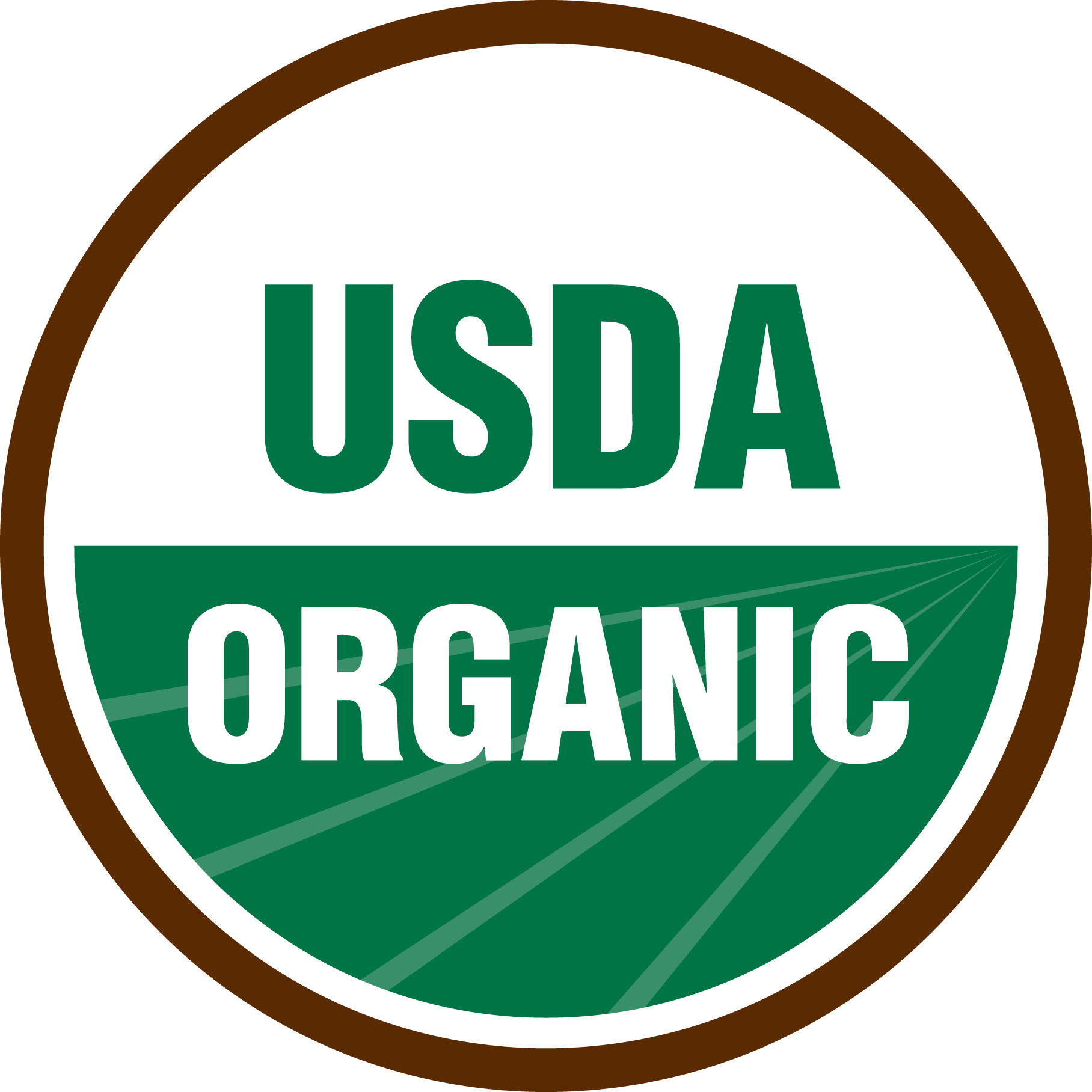The U.S. Department of Agriculture (USDA) will allow Conservation Reserve Program (CRP) participants who are in the final year of their CRP contract to request voluntary termination of their CRP contract following the end of the primary nesting season for fiscal year 2022. Participants approved for this one-time, voluntary termination will not have to repay rental payments, a flexibility implemented this year to help mitigate the global food supply challenges caused by the Russian invasion of Ukraine and other factors. Today, USDA also announced additional flexibilities for the Environmental Quality Incentives Program (EQIP) and Conservation Stewardship Program (CSP).
Read MoreFarm Labor: Number of workers, Hours Worked, and Wage Rates by Type of Worker - Delta Region and United States: 2017 - 2022
Read MoreThe U.S. Department of Agriculture (USDA) Secretary Tom Vilsack announced that the Department is investing $770 million to help create new and better market opportunities for rural businesses and people in 36 states and Puerto Rico.
The investments include $640 million for 122 projects to help people living in socially vulnerable communities.
Read MorePhysical loss loans can help producers repair or replace damaged or destroyed physical property essential to the success of the agricultural operation, including livestock losses. Examples of property commonly affected include essential farm buildings, fixtures to real estate, equipment, livestock, perennial crops, fruit and nut bearing trees and harvested or stored crops and hay.
Read MoreTwo USDA programs were announced that it is helping farmers make a move to organic farming. The Organic Certification Cost Share Program (OCCSP) will help with the costs of transitioning to organic processes for up to $750.
Read MoreDuring the next several weeks, the U.S. Department of Agriculture’s National Agricultural Statistics Service (NASS) will conduct two major mid-year surveys, the June Agricultural Survey and the June Area Survey.
Read MoreThe U.S. Department of Agriculture (USDA) today announced that commodity and specialty crop producers impacted by natural disaster events in 2020 and 2021 will soon begin receiving emergency relief payments totaling approximately $6 billion through the Farm Service Agency’s (FSA) new Emergency Relief Program (ERP) to offset crop yield and value losses.
Read MoreThe U.S. Department of Agriculture (USDA) announces a 30-day extension to the public comment period to identify the impacts of concentration and competition challenges in seed, fertilizer, other agricultural inputs, and retail markets. The new deadline is June 15, 2022.
Read MoreThis report contains the results from the 2022 May Ag Yield, 2021 Cotton Ginnings, and Objective Yield surveys.
Read MoreThis report contains the results from the 2021 December Agricultural and Row Crop County Agricultural Production surveys.
Read MoreAccording to the National Agricultural Statistics Service in Louisiana, there were 5.4 days suitable for fieldwork for the week ending Sunday, May 8, 2022. Topsoil moisture supplies were 2 percent very short, 21 percent short, 74 percent adequate, and 3 percent surplus. Subsoil moisture supplies were 2 percent very short, 19 percent short, 77 percent adequate, and 2 percent surplus.
Read MoreCattle: Inventory on Farms - Louisiana by Parish: January 1, 2021 and 2022.
Read MoreThe U.S. Department of Agriculture says drought during the growing season has made farmers in most of Texas, all of Louisiana and parts of Arkansas and Mississippi eligible to apply for federal aid.
Read MoreUSDA updated three key crop insurance options for livestock producers: the Dairy Revenue Protection, Livestock Gross Margin and Livestock Risk Protection.
Read MoreThe U.S. Department of Agriculture (USDA) announced a commitment of $50 million to assist eligible apparel manufacturers of worsted wool suits, sport coats, pants, or Pima cotton dress shirts; Pima cotton spinners; and wool fabric manufacturers and wool spinners.
Read More











